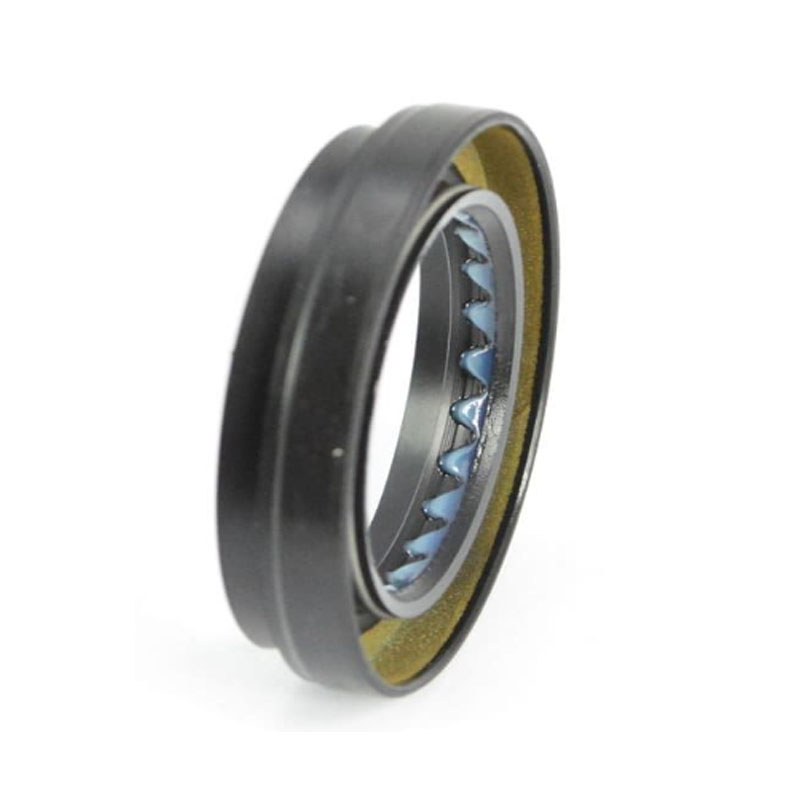Understanding the Importance of Rear Axle Drive Shaft Seal Maintenance and Replacement Strategies
Understanding the Rear Axle Drive Shaft Seal
The rear axle drive shaft seal is a crucial component in the drivetrain of vehicles. Located at the rear axle, this seal plays a vital role in maintaining the integrity of the axle housing by preventing differential fluid leakage and keeping contaminants out. Understanding its functions, common issues, and maintenance can help vehicle owners extend the lifespan of their drivetrains and avoid costly repairs.
What is the Rear Axle Drive Shaft Seal?
The rear axle drive shaft seal is typically made of rubber or a similar material. Its main purpose is to seal the area where the drive shaft connects to the rear differential. This connection point is susceptible to various forms of wear and tear due to the movement of the shaft and the constant operation of the vehicle. The seal acts as a barrier, keeping lubricant within the housing while preventing dirt, dust, and moisture from entering.
Importance of the Seal
Maintaining an effective rear axle drive shaft seal is essential for several reasons
1. Preventing Fluid Leakage Differential fluid lubricates the gears inside the rear axle, ensuring smooth operation and reducing friction. If the seal fails, this fluid can leak, leading to insufficient lubrication and increased wear on the components.
2. Protecting Against Contaminants The seal also helps keep dirt and debris out of the differential. Contaminated lubricant can lead to abrasive wear on gears and bearings, resulting in premature failure.
3. Enhancing Performance A properly functioning seal contributes to the overall performance and efficiency of the vehicle's drivetrain. It helps maintain the appropriate operating temperature and fluid levels, which are crucial for optimal performance.
Signs of a Failing Seal
Like any mechanical component, rear axle drive shaft seals can wear out over time. Vehicle owners should be aware of several warning signs that may indicate a failing seal
- Oil Leaks One of the most obvious signs of a problem is the presence of oil puddles under the vehicle. If differential fluid is leaking, it often indicates a compromised seal.
rear axle drive shaft seal

- Unusual Noises Grinding or whining noises from the rear axle can suggest inadequate lubrication due to fluid loss. These sounds often become more pronounced under acceleration or when turning.
- Warning Lights In some vehicles, particularly modern ones equipped with diagnostic systems, a warning light may illuminate on the dashboard if fluid levels drop significantly.
Maintenance and Replacement
Regular inspections are essential to ensure that the rear axle drive shaft seal is in good condition. As part of routine maintenance, it can be beneficial to check for signs of leakage during oil changes or routine service intervals. If a seal is found to be leaking or damaged, replacement is typically necessary.
The replacement process involves
1. Removing the Drive Shaft Carefully detach the drive shaft from the rear differential, ensuring that any retaining clips or bolts are safely removed.
2. Extracting the Old Seal The old seal must be driven out with a seal puller or a similar tool. It's important to avoid damaging the housing during this step.
3. Installing the New Seal After cleaning the area, a new seal can be installed. The installation must be done carefully to ensure it sits flush and is not pinched.
4. Reassembling the Drive Shaft Once the new seal is in place, the drive shaft can be reattached, followed by a check of fluid levels and ensuring the differential is appropriately filled.
Conclusion
In summary, the rear axle drive shaft seal is a small but vital component that significantly impacts vehicle performance and safety. Understanding its function and recognizing early signs of failure can help vehicle owners take proactive measures, ensuring reliable and efficient operation of their vehicles. Regular maintenance and timely replacement of the seal can lead to a longer lifespan for the rear axle assembly and, ultimately, a better driving experience.
-
Understanding the Front Main Engine Seal: Purpose, Maintenance, and Installation
News Jul.29,2025
-
Understanding O-Rings and Seal Rings: Types, Applications, and Custom Solutions
News Jul.29,2025
-
Understanding Crankshaft Oil Seals: Rear Seals, Pulley Seals, and Their Role in Engine Integrity
News Jul.29,2025
-
The Importance of Front and Rear Crankshaft Seals in Engine Performance and Oil Management
News Jul.29,2025
-
Crank Oil Seals: Functions, Types, and Cost Considerations in Engine Maintenance
News Jul.29,2025
-
A Comprehensive Guide to O-Rings and Seals: Types, Materials, and Global Applications
News Jul.29,2025
-
Mastering Diesel and Performance Engine Maintenance: A Guide to Critical Oil Gaskets
News Jul.28,2025
Products categories















